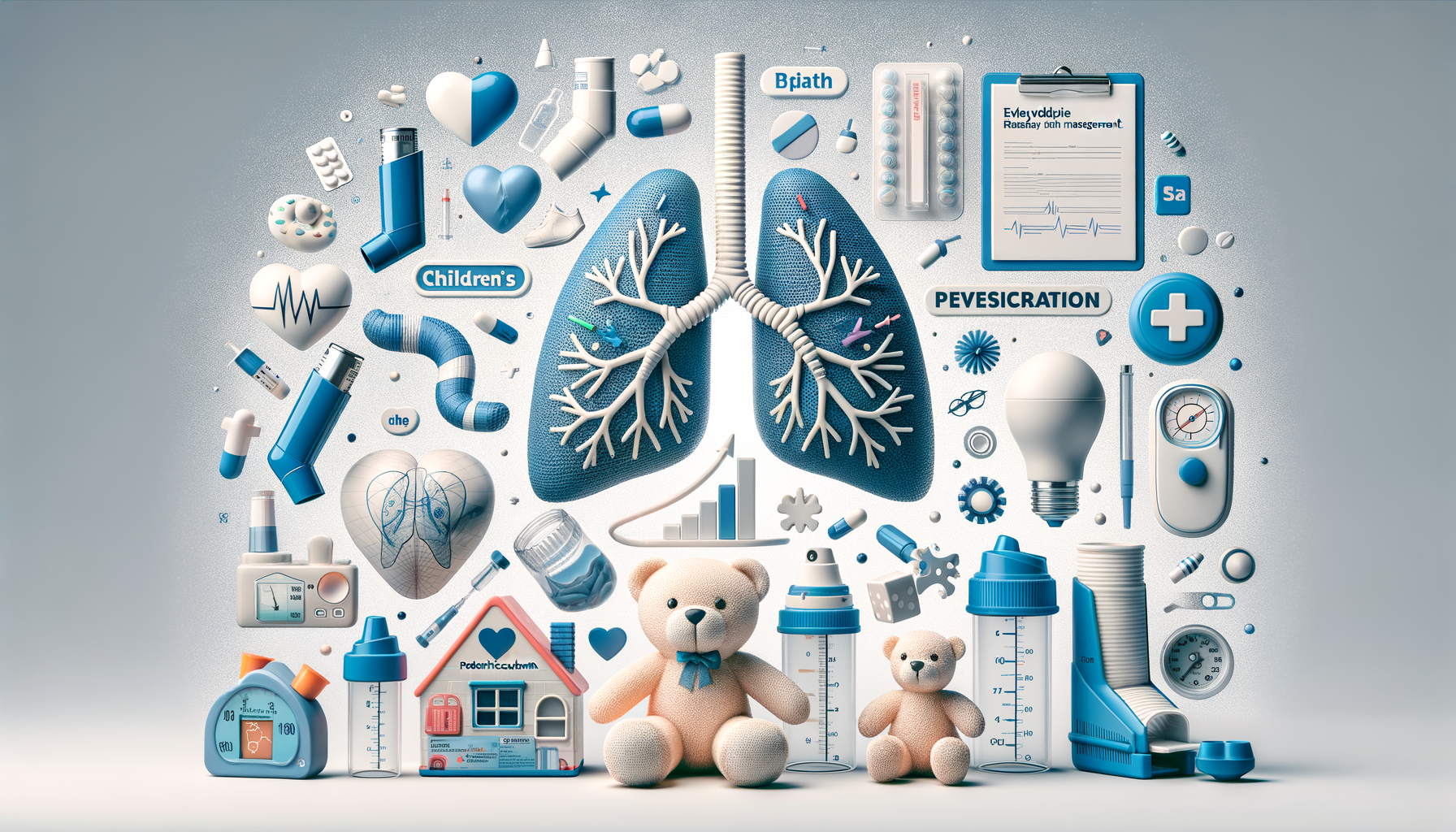Introduction to Pediatric Asthma Management
Asthma is a prevalent chronic condition in children, affecting their ability to breathe easily and participate in everyday activities. Effective management of pediatric asthma is crucial to ensure that children lead a healthy and active life. By understanding the nuances of asthma management, parents and caregivers can significantly reduce the frequency and severity of asthma attacks. This article delves into practical strategies for managing asthma in children, emphasizing the importance of consistent monitoring and awareness of potential triggers.
Understanding Asthma Triggers
Identifying and managing asthma triggers is a fundamental aspect of pediatric asthma care. Common triggers include allergens such as pollen, dust mites, and pet dander, as well as environmental factors like smoke and pollution. Physical activity can also be a trigger for some children. To effectively manage these triggers, parents can take several proactive steps:
- Maintain a clean home environment by regularly vacuuming and dusting.
- Use air purifiers to reduce airborne allergens.
- Encourage children to wear masks during high pollen seasons or in polluted areas.
- Monitor air quality reports and limit outdoor activities when pollution levels are high.
By minimizing exposure to these triggers, the frequency of asthma exacerbations can be significantly reduced, allowing children to enjoy a more active lifestyle.
The Role of Medication in Asthma Management
Medications play a vital role in controlling asthma symptoms and preventing attacks. The proper use of prescribed inhalers is essential for effective asthma management. There are two main types of inhalers: rescue inhalers for immediate relief and controller inhalers for long-term management. Ensuring that children understand how and when to use these inhalers is crucial. Parents should regularly consult with healthcare providers to adjust medication plans as needed, based on the child’s symptoms and lifestyle. Educating children about their medication empowers them to take an active role in managing their condition.
Monitoring and Regular Check-Ups
Consistent monitoring of a child’s asthma is key to effective management. Keeping a detailed asthma diary can help track symptoms, medication use, and potential triggers. This information is invaluable during medical appointments, allowing healthcare providers to make informed decisions about treatment plans. Regular check-ups are necessary to assess lung function and adjust medications as needed. These appointments provide an opportunity to discuss any concerns or changes in symptoms, ensuring that the child’s asthma is well-controlled.
Empowering Children and Families
Empowering children and their families with knowledge about asthma is a cornerstone of successful management. Educational resources, support groups, and asthma action plans can equip families with the tools they need to handle asthma effectively. Encouraging open communication within the family about asthma helps children feel supported and less anxious about their condition. By fostering a collaborative approach to asthma management, children can lead fulfilling lives, participating in activities they enjoy without fear of exacerbations.
Conclusion
Managing pediatric asthma requires a multifaceted approach that includes understanding triggers, proper medication use, regular monitoring, and family empowerment. By implementing these strategies, parents and caregivers can significantly improve the quality of life for children with asthma, allowing them to thrive and participate fully in everyday activities. With the right support and education, asthma can be effectively managed, ensuring that children enjoy a healthy, active childhood.




Leave a Reply